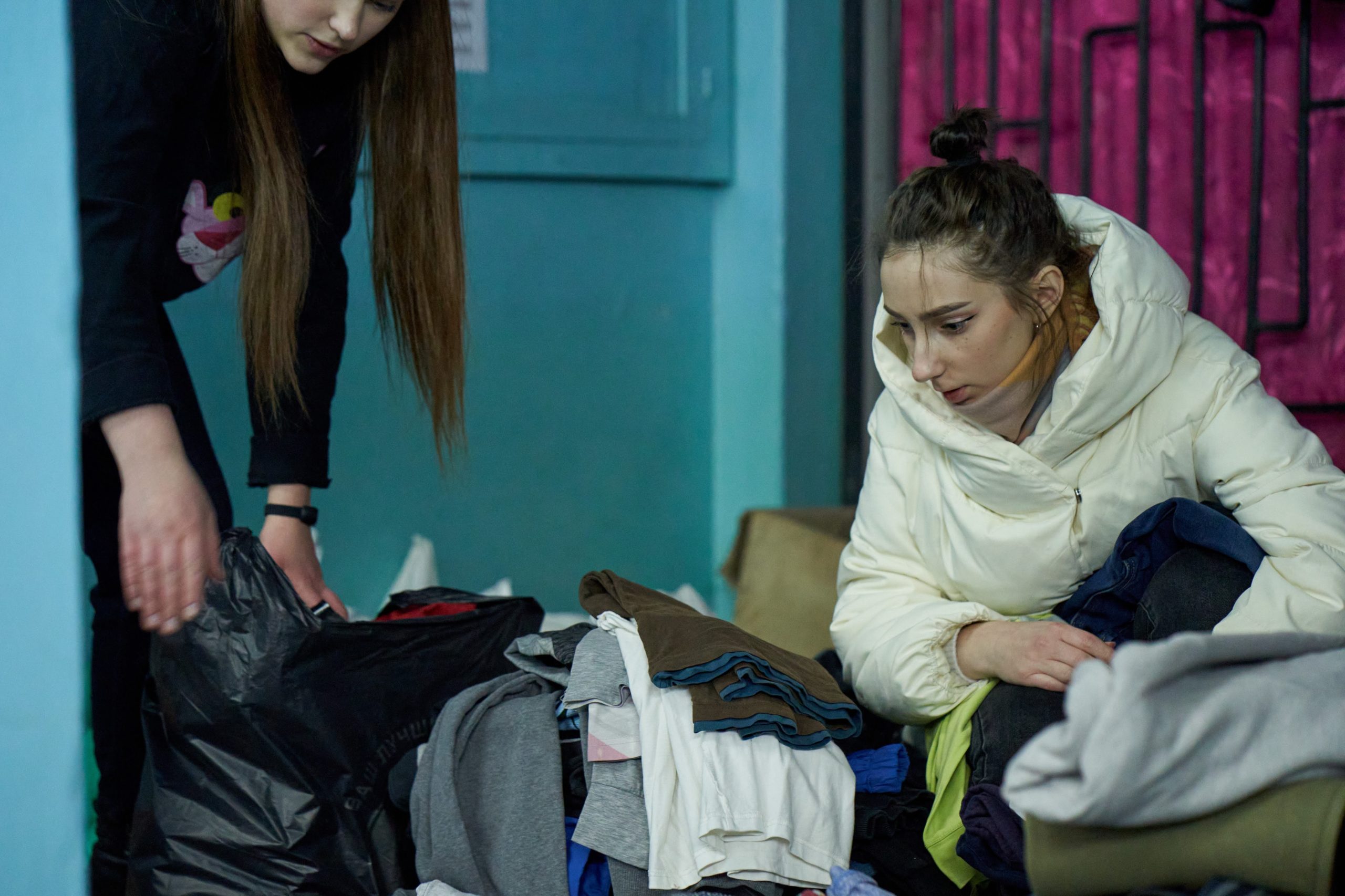Content
Myrnohrad: Relative Calm in the Midst of a Storm
We spoke with Yevhen, an activist and volunteer helping residents of Myrnohrad, Avdiivka and Sloviansk, Donetsk region. He told us about his activities before the start of the current stage of the war, how his tasks had changed after February 24 and the situation in the region.
Prior to the start of the full-scale Russian invasion, Yevhen worked for the Shtuka NGO, which was engaged in cultural projects in eastern Ukraine, and also developed communication between veterans and local youth. A separate area of the organisation’s work was the fight against historical myths about the region used by Russian propaganda.
Yevhen and his colleagues were forced to pause their cultural and educational work and are now delivering humanitarian aid to Myrnohrad, Avdiivka and Sloviansk. Volunteers on the ground then distribute this assistance, according to the needs of the residents.
Population
According to Yevhen, with the beginning of the invasion, out of 47,000 residents, only 25-30% remained in Myrnohrad. Now some of them are returning back to the city.
At the beginning of the war, Myrnohrad became an important hub for people who were forced to leave the front-line Bakhmut, Vugledar and other settlements. Volunteers helped to accommodate these people with families, and those who did not get a place were given shelter in gyms.
“At the beginning, there were about a thousand people per day coming to the city.”

According to Yevhen, about 500 internally displaced persons now live in the city. They have no source of income and are in need of financial and other support, including clothing.
Needs
In Myrnohrad, there is a significant need for medicines, especially rare ones. They have to be brought in from other regions. There is enough food in the city. Small shops are open. Although the water supply is functioning, it doesn’t provide drinking water. Due to the small number of drinking water sources in the city, it is not easy for some residents to get to them.
Volunteers from other organisations are bringing food to front-line Avdiivka, and Yevhen with his friends are delivering first-aid kits, as well as a large number of lanterns and generators, since there is no electricity, or gas supply in the city. Mobile phones are not working, as telecommunications towers don’t have electricity, but they plan to solve this problem with the help of generators.

In the region, as in the rest of Ukraine, there is a shortage of fuel.
Citizens activity
Speaking about activism since the beginning of the invasion, Yevhen notes that in Myrnohrad, local civil society organisations and activists created a non-state Humanitarian Headquarters. It was to this headquarters that local entrepreneurs and ordinary citizens brought aid, which was then distributed.
According to him, since February 24, many who had never volunteered before stepped forward to help.
“It was very nice, very cool that so many people immediately volunteered,” says Yevhen.
Security
So far, Myrnohrad has not been targeted by direct shelling by Russian troops. At the same time, cities around, as well as critical infrastructure in the region, regularly come under attack.
According to Yevhen, Myrnohrad is much calmer compared to cities closer to the front line, such as Bakhmut and Sloviansk.
Yevhen himself constantly delivers humanitarian aid to the region, and therefore does not stay in one city for a long time.
He notes that every activist understands the danger associated with their activities to help Ukraine, especially if they fall into the occupation.
“Any activist with a pro-Ukrainian position is now in danger in these lands.”
#StandWithUkraine
